The Evolution of Integrated Circuits: A Journey of Innovation
Written by - Ashwini H, from Abhiyantha July 31, 2024 5 Minutes
Integrated circuits (ICs) have transformed electronics, enabling the development of compact, complex devices from smartphones to spacecraft. The journey from discrete transistors to today's advanced microchips are marked by groundbreaking innovations.
1. The Birth of the Transistor: Laying the Foundation
The transistor's invention in 1947 by John Bardeen, Walter Brattain, and William Shockley at Bell Labs revolutionised electronics. This semiconductor device is used to amplify or switch electronic signals, was a leap forward from vacuum tubes, offering greater reliability, smaller size, and lower power consumption. The transistor's impact was profound, paving the way for the miniaturisation of electronic devices and setting the stage for the invention of integrated circuits.
2. The First Integrated Circuit: A New Era
In 1958, Jack Kilby at Texas Instruments and Robert Noyce at Fairchild Semiconductor independently created the first integrated circuits. These early ICs combined multiple transistors and other components onto a single silicon chip, dramatically reducing the size and cost of electronic systems. Kilby's prototype used germanium, while Noyce's version employed silicon and planar technology, enabling the production of more complex and reliable ICs.
3. The Rise of Microprocessors: The Brain of Modern Electronics
The 1970s heralded the microprocessor, a type of IC that serves as the CPU of a computer. The Intel 4004, released in 1971, was the first commercially available microprocessor, capable of performing basic arithmetic and logic operations. This innovation revolutionised computing, enabling the development of programmable electronic devices and leading to the proliferation of personal computers and embedded systems.
4. Moore's Law and Miniaturisation
In 1965, Gordon Moore observed that the number of transistors on a chip doubled roughly every two years, a trend known as Moore's Law. This principle has driven continuous innovation in the semiconductor industry, pushing the boundaries of miniaturisation. Technological advances, including lithography and advanced materials, have facilitated the transition through various technology nodes, from micrometre to nanometer scales.
5. The Advent of System-on-Chip (SoC)
As technology advanced, ICs evolved from simple logic gates to complex systems-on-chip. (SoC), integrating multiple functions like processing, memory, and communication onto single chip. SoCs have become essential in modern devices, offering higher performance, lower power consumption, and reduced form factors compared to systems with multiple discrete components.
6. VLSI and ULSI: Pushing Integration Limits
Very Large-Scale Integration (VLSI) and Ultra-Large-Scale Integration (ULSI) involve integrating millions and billions of transistors onto a single chip. This level of integration has enabled powerful processors, memory chips, and other advanced semiconductor devices used in applications ranging from high-performance computing to consumer electronics.
The Future of Integrated Circuits
The evolution of ICs is ongoing, with emerging technologies poised to revolutionise the field further. Innovations like 3D ICs, which stack multiple circuit layers, offer increased density and performance. Additionally, advanced packaging techniques such as chiplets and System-in-Package (SiP) provide greater flexibility and scalability. As environmental concerns grow, the industry is also focusing on sustainable and energy-efficient IC designs, aiming to reduce the carbon footprint of electronic devices.
Share This Blogs
Featured Blogs

Top 10+ Most Asked VLSI Interview Questions with Answers by Industry Expert

The Ultimate Guide to Finding the Best VLSI Course in Bangalore
A Comprehensive Guide to Securing Your Dream Job in the Semiconductor Industry
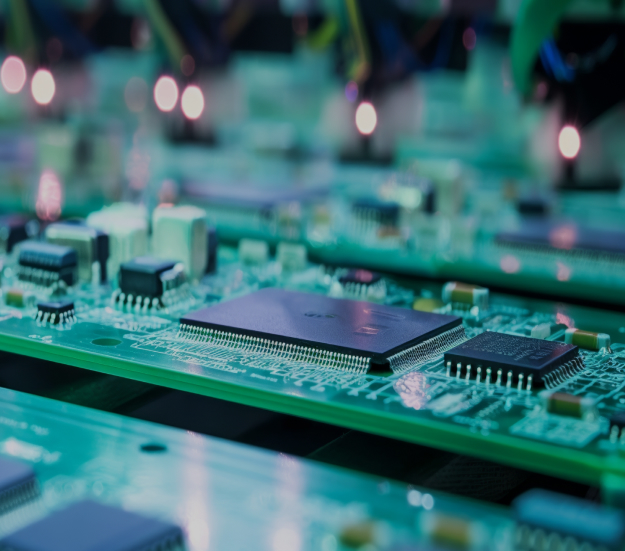
Advancements in Semiconductor Manufacturing: Pioneering the Future of Electronics
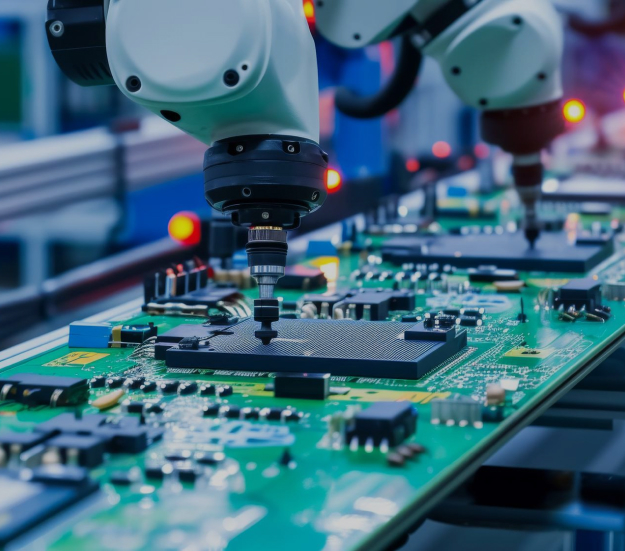
Embracing the Future: Advanced Node Technologies in VLSI Design
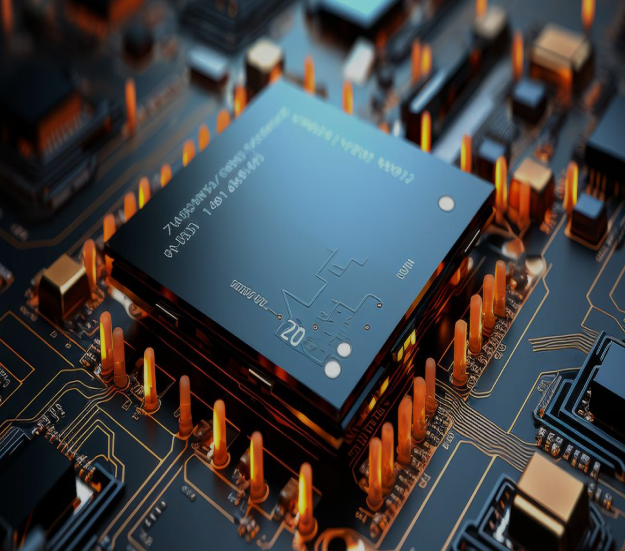
From Classrooms to Cleanrooms: Academia's Role in Shaping India’s Semiconductor Industry

How to Learn VLSI from Scratch

Will AI disrupt EDA? Let’s examine the future of semiconductor design with AI.
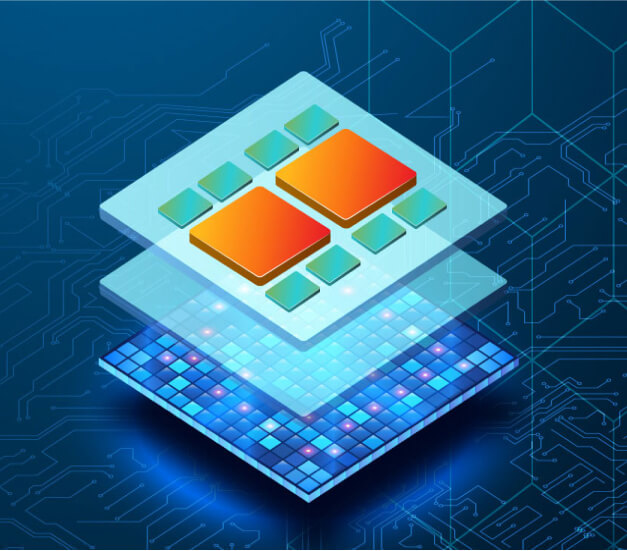
Breaking Boundaries with Chiplets: The Future of Advanced Packaging.
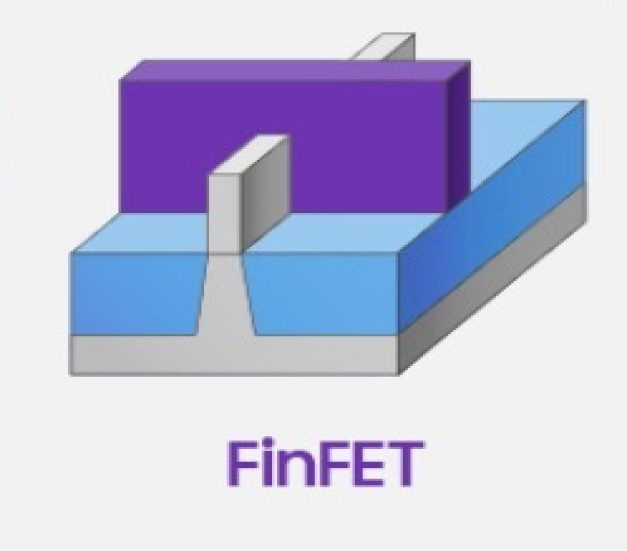
Understanding FinFET Technology: A Comprehensive Overview.
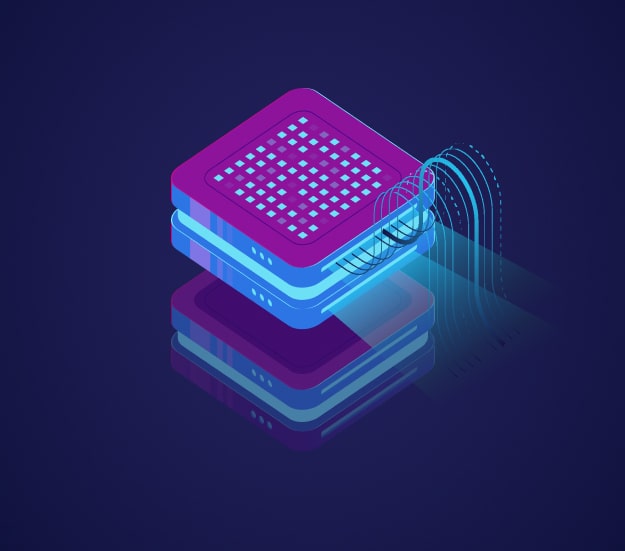
Moore’s Law vs. More than Moore: What’s Next for Semiconductor Scaling?
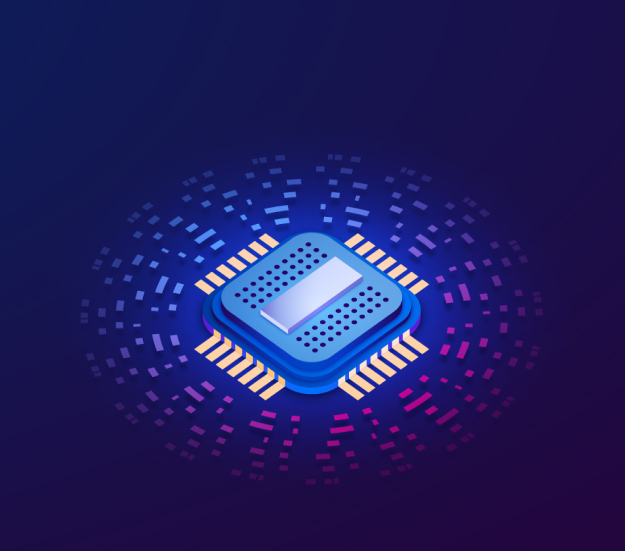
Common Challenges in Designing Low-Power VLSI Circuits
